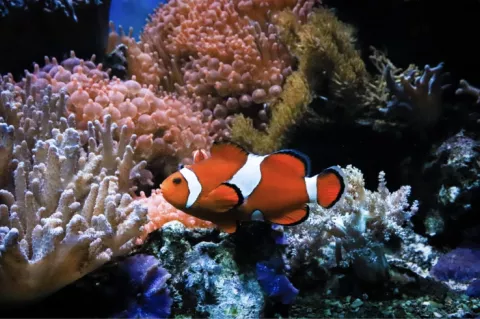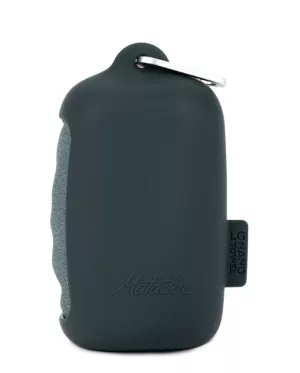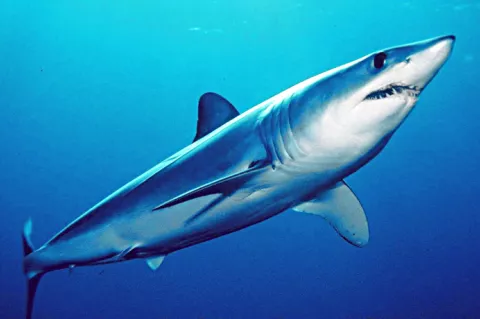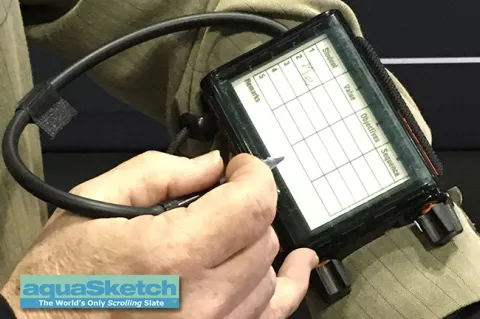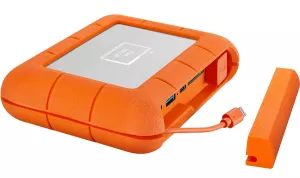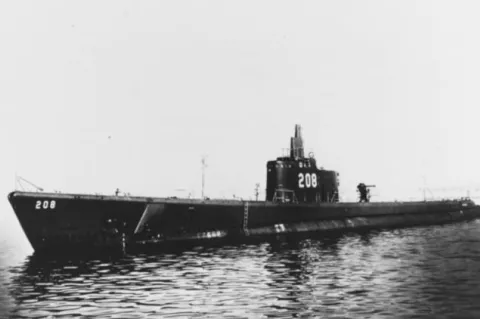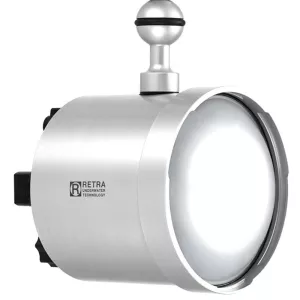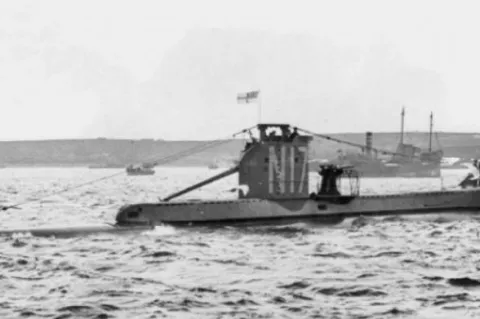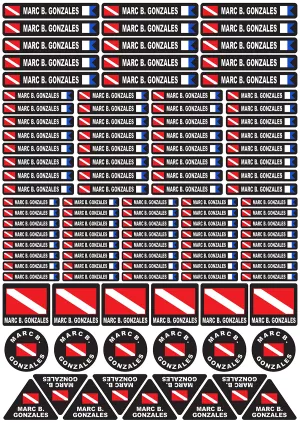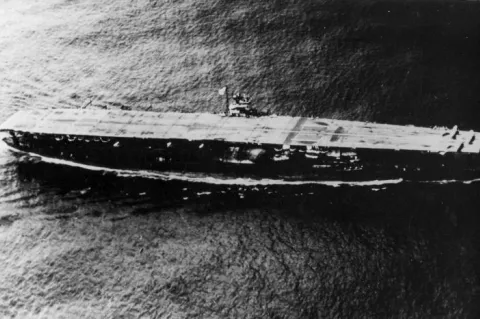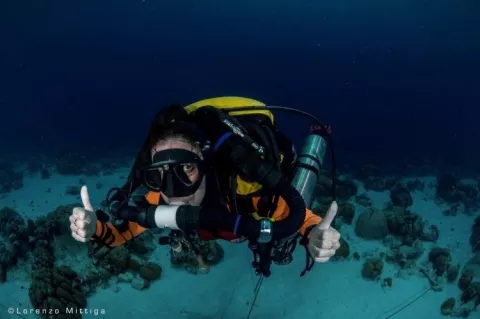"Finding Nemo" clownfish won't survive climate change
A recent study by France’s National Centre for Scientific Research (CNRS), Woods Hole Oceanographic Institution (WHOI) and colleagues indicates that the anemonefish does not have the genetic ability to adapt swiftly enough to climate change.
The findings of the study were published in the November 27 issue of the Ecology Letters journal.
The research was conducted in the lagoons of Kimbe Bay, covering more than a decade. This area is a biodiversity hotspot in Papua New Guinea.

